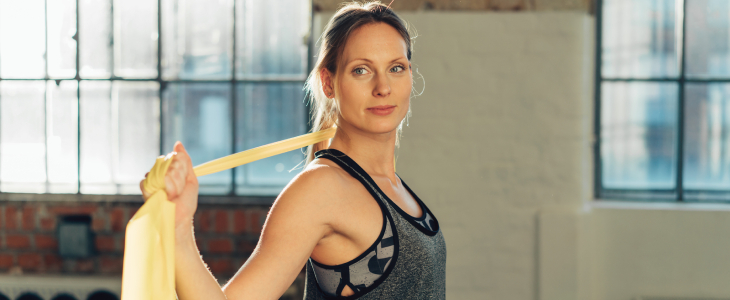At Long Island Spine Rehabilitation Medicine, our dedicated physiatrists provide expert care for those suffering the serious pain and immobility that result from a shoulder dislocation. Although a shoulder dislocation can have a significantly negative impact on your daily life and activities, with proper treatment at our offices you can fully recover and return to your regular routine.
What Is a Shoulder Dislocation?
Shoulder dislocation occurs when the head of the humerus, the upper bone of the arm, is forced out of the cup-shaped shoulder socket. This injury results in severe pain, swelling, and an inability to move the joint. Shoulder dislocations can be partial, where the ball of the upper arm is partially out of the socket, or complete, where the ball is completely out of the socket. Because the shoulder is the body’s most flexible joint, it is more likely to dislocate than other joints.
Causes of Shoulder Dislocation
Shoulder dislocations can result from various causes, often involving some form of trauma or forceful movement. Here are five common causes:
- Sports injuries that dislocate the shoulder typically occur in contact sports like football, rugby, or hockey in which falls or blows are frequent.
- Accidental slip and falls onto an arm outstretched to protect the face and head.
- Traumatic events like traffic or construction accidents.
- Overextension that happens when you reach too far and/or lift something too heavy.
- Repetitive strain results from repeated or prolonged overhead activities, common in sports like volleyball or occupations like painting.
How a Shoulder Dislocation Is Diagnosed
Proper diagnosis is always essential for effective treatment. At Long Island Spine Rehabilitation Medicine, our physiatrists will conduct a thorough physical examination and review your medical history. Imaging tests, such as X-rays or MRIs, are often used to confirm the dislocation, rule out fractures, and assess any associated injuries, such as damage to your nerves or blood vessels.
Treatments To Help You Return to Activity After a Shoulder Dislocation
At Long Island Spine Rehabilitation Medicine, we take a holistic, non-surgical approach to healing and offer several traditional and complementary therapies for injuries like shoulder dislocations, often combining them for optimal results.
Immediate Care
Initial treatment focuses on reducing pain and returning the shoulder to its normal position, a process known as reduction. This should be performed by a medical professional to avoid further damage.
Rehabilitation
Once the shoulder is back in place, rehabilitation plays a vital role in recovery. Our tailored rehabilitation regimens address all pertinent issues of a shoulder dislocation, including limited mobility and range of motion, stability and balance, pain management, and the healing process. Our treatments include:
- Physical therapy with exercises customized to strengthen the shoulder and restore range of motion
- Shoulder injections of corticosteroid and painkiller under ultrasound guidance to decrease inflammation and reduce pain
- Platelet-rich plasma (PRP) to promote rapid healing
- Pulsed electromagnetic field (PEMF) therapy to decrease pain
- Acupuncture to increase circulation, reduce pain and inflammation, and promote healing
- Medication administration and monitoring for maximum pain relief and bone strengthening
- Advice on how to perform daily activities safely to avoid re-injury.
Contact Our Experienced Dislocated Shoulder Specialists Now
Returning to activity after a shoulder dislocation requires patience, proper treatment, and skilled rehabilitation. At Long Island Spine Rehabilitation Medicine, we are committed to supporting our patients through this process. If you have suffered a dislocated shoulder, get in touch with us as soon as possible to ensure a rapid and complete recovery.
